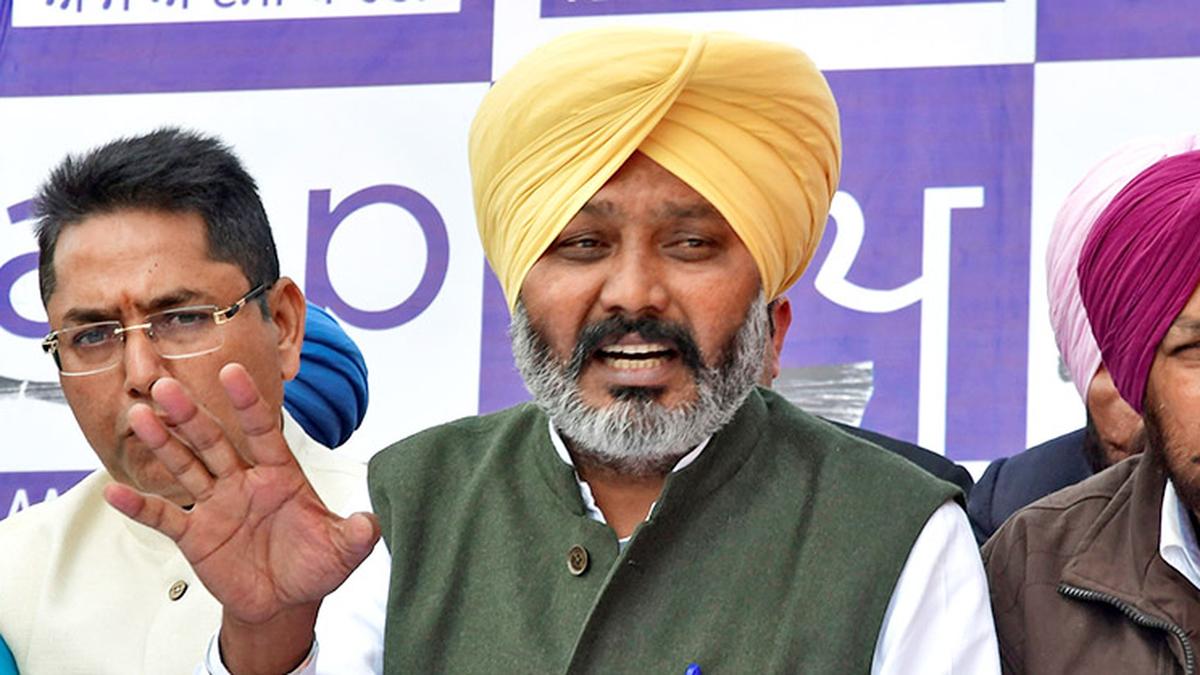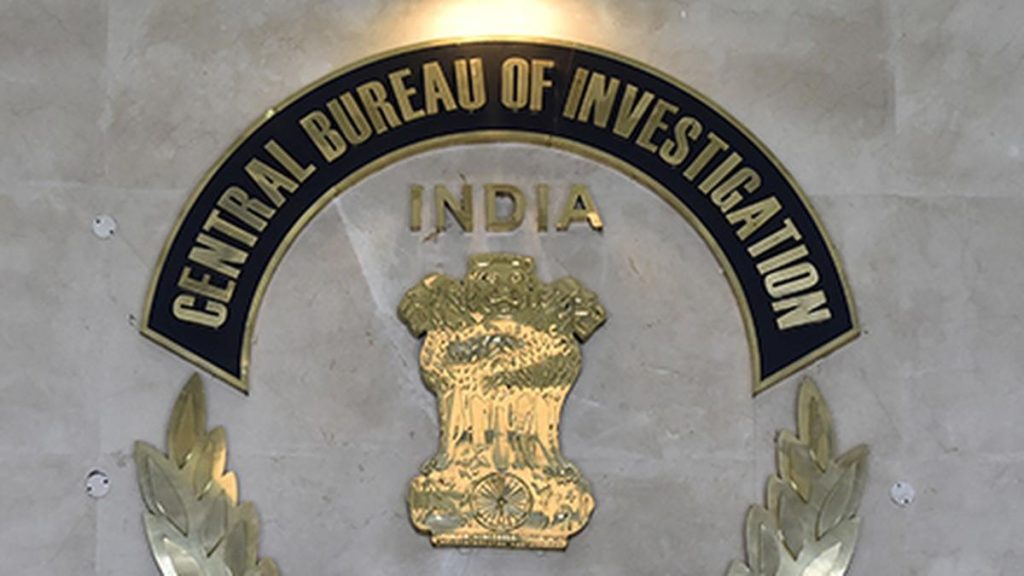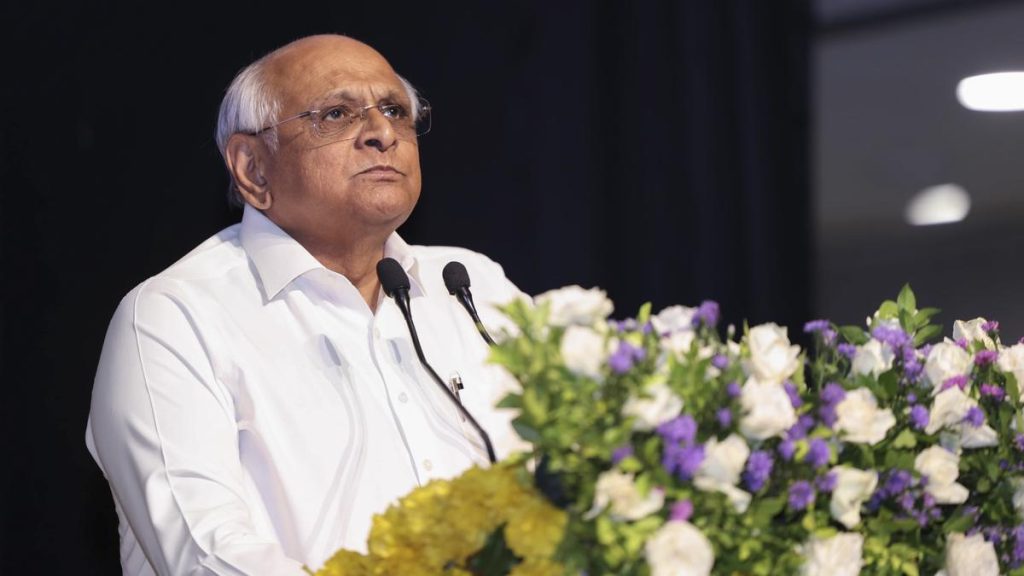Now Reading: Punjab’s Growing Debt Sparks Concerns Over Fiscal Management Claims
-
01
Punjab’s Growing Debt Sparks Concerns Over Fiscal Management Claims
Punjab’s Growing Debt Sparks Concerns Over Fiscal Management Claims

Fast Summary
- PunjabS debt liability is rising sharply due to increased borrowing driven by “competitive political populism.”
- Current debt obligations compel the State government to borrow ₹8,500 crore in this financial quarter, including for legacy debts from previous administrations (SAD-BJP and Congress governments).
- Punjab’s outstanding debt grew from ₹1,28,836 crore in 2015-16 to an estimated ₹4,17,136 crore (46.80% of GSDP) by 2025-26.
- The annual average increase in debt under the AAP government between 2022-23 to 2024-25 is ₹33,721 crore.
- In FY 2022-23:
– Interest payments consumed 22.72% of revenue; principal repayments took up another 18.37%.
– Total revenue consumed exceeded expenditures at approximately 122%, indicating severe fiscal stress.
– Power subsidies used up nearly 23% of revenues; salaries/wages and pensions accounted for around 57.51%.- Fiscal deficit stood at 5.04% of GSDP and revenue deficit at 3.87%.
- Experts blame under-utilization and mismanagement of resources alongside welfare-related expenses like freebies/subsidies for contributing to this situation but urge efficiencies instead of eliminating them altogether.
- State Finance Minister Harpal Singh Cheema defends stability measures such as contributions to Guarantee Redemption fund (GRF) and Consolidated Sinking Fund.
Indian Opinion Analysis
Punjab’s escalating debt levels pose serious challenges not just for its financial health but also for broader economic development within the region. While historical factors like legacy debts have contributed substantially, persistent reliance on loans points toward systemic inefficiencies including resource mobilization gaps and high expenditure on subsidies/freebies that offer debatable returns outside their immediate welfare goals.
The findings highlight governance priorities where infrastructure investment has slowed amidst growing liabilities-a concerning trend perhaps stunting long-term development prospects as noted by experts like Drs Ranjit Singh Ghuman and Lakhwinder Singh.That said, balancing welfare objectives with fiscal discipline seems central moving forward given Punjab’s important dependencies on support like power subsidies while aligning thes more effectively could ameliorate burdens strategically-not contradicting inclusivity aims outright fairly based reallocation among entitlements ensure equity Additionally crucial controlled borrowing aligned consistent budgetary planning placed indicators backup eco-growth
























